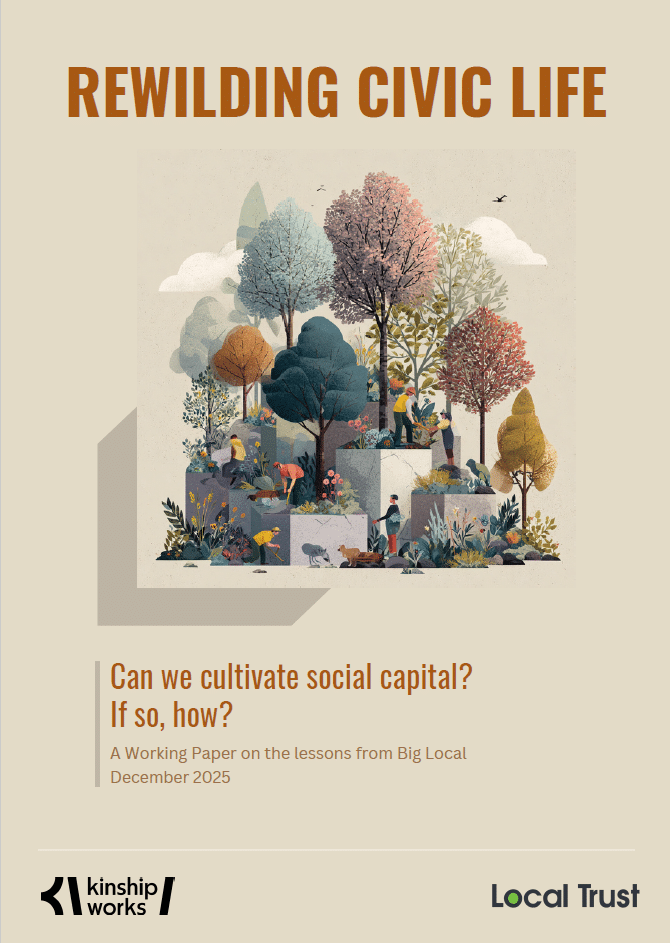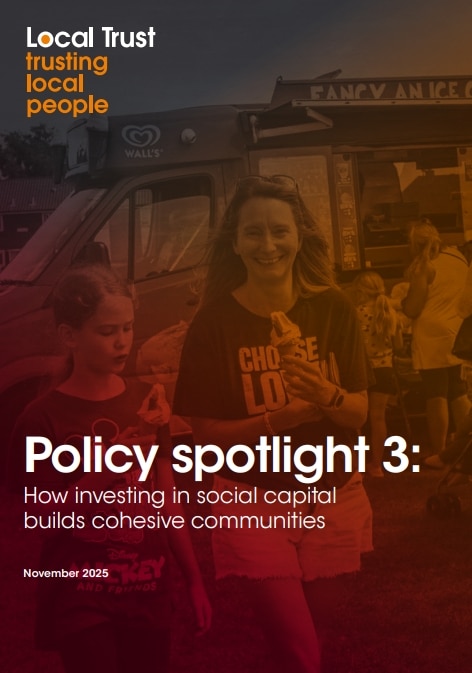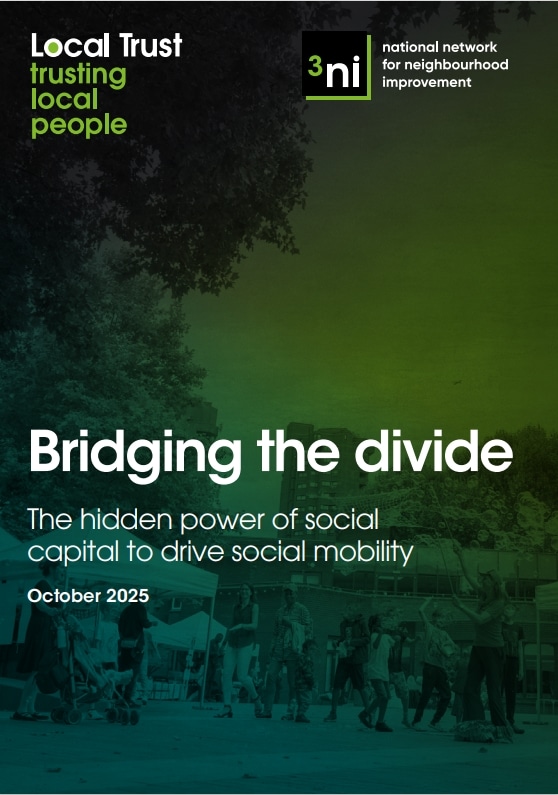Additional resources: more than just the million
Research by Resources for Change and Rocket Science

The Big Local programme is much more than the £1 million to each Big Local. Big Local brings together the local talent, ambitions, skills and energy from individuals, groups and organisations who want to make their area an even better place to live. The money is there as a resource and a catalyst to bring new and existing community assets and resources together.
We know Big Local areas draw in a range of resources beyond the £1 million and, in many cases, substantial amounts. We know that Big Local partnership members give of their own time to meet, make decisions and deliver their Big Local plans. Anecdotally, we also know that many areas receive resources in-kind like services, equipment and facilities, and additional funds through grants or match-funding. For example, Greatfield Big Local volunteers contributed over 1,300 volunteer hours (valued at almost £40,000); CELL Big Local (Northumberland) has brought in over £70,000 of external funding to improve Lyne Dene riverside; and Grays Riverside Big Local received in-kind advice from a local architect to design a pocket park.
These examples show how some areas track extra resources but it is not a requirement of Big Local areas to record match or additional funding, volunteer hours or ‘in-kind’ support. In fact, especially at this early stage of the Big Local programme, much of the additional resources going into areas has not been captured at all.
While we can give examples of additional resources being levered in, how much and what types of additional resources do partnerships draw in across the 150 areas? Do these resources make a difference? Are they always a good thing?
To help us answer some of these questions Local Trust is planning a set of research projects over the next few years specifically about additional resources. For the first of these, we commissioned Resources for Change and Rocket Science to take a systematic look at the types and amount of resources levered and to give us a greater understanding of their impact and implications of drawing in additional resources.



